Ultimate Guide To Driving - Best Golf Driver Drills
Golf Monthly has joined forces with TaylorMade to bring you a series of tips designed to help you drive the ball better than ever
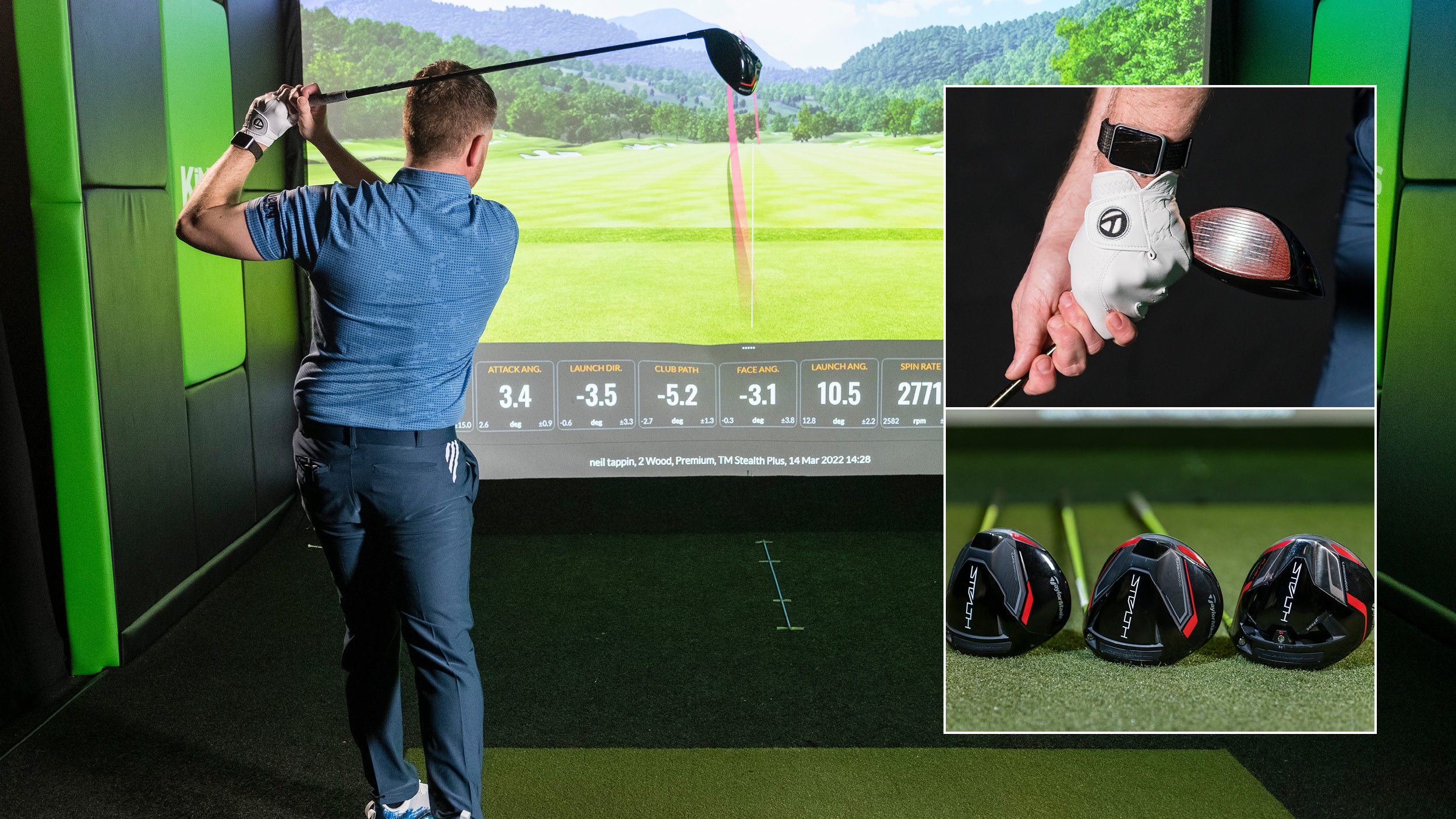

Golf is a game that can never be mastered. Even the world’s best come unstuck from time to time. And of all its intricate parts, none cause quite so much angst as driving the ball. Swinging the club with the longest shaft and the least loft at the highest speed is often a recipe for disaster.
So, whether you’re plagued by an inability to find enough fairways or you struggle to get it out there as far as you know you’re capable of, it’s vital to take action before bad habits turn into a crippling fear of the club that, in theory, should be the most fun to hit.
In the video and article below, PGA pro Gareth Lewis aims to address all your concerns in our Ultimate Driving Guide that covers everything from the set-up basics to how to create the optimal launch conditions for your swing. No matter the golfing ailment, there’s a tip or two in here for you, and, who knows, the cure could be as simple as going for that fitting you’ve been avoiding!
Perfect your driver address position
Consistently nailing the right driver address position is vital if you want to give yourself the best chance of maximising your launch conditions. The first thing to focus on is the ball position. With the driver, the general rule of thumb is that you want to line the ball up with the inside of your lead heel. This will get you set up so that you’re encouraging the right angle of attack.
You also need to think of the upper body. When gripping the club, the right hand will be lower than the left for right-handers. That should mean the right shoulder sits lower, allowing the spine to tilt away from the target. You need that tilt to feel like you’re behind the ball with the driver, which will allow you to hit it on the up and create the optimal driver launch angle.

This drill will get you set up behind the ball and ready to hit it on the up for maximum distance
A good drill is to take your address position, standing tall and straight, before putting your right hand down by your right thigh. Once you’ve done that, tilt your upper body away from the target until you feel your hand touching the side of your knee, and then re-grip the club. If done correctly, you’ll notice that you’re set up behind the ball.
Driver swing vs iron swing tips
As if this game wasn’t hard enough, you have to swing differently when hitting your driver compared to your irons. With an iron, you want to hit down with a swing that stays pretty centred. Therefore, you need a ball position that accommodates that. With a 7-iron, for example, you want to place the ball to be just a little forward of centre at address. Your spine should just be slightly tilted away from the target and the swing should be more upright in order to compress the ball.
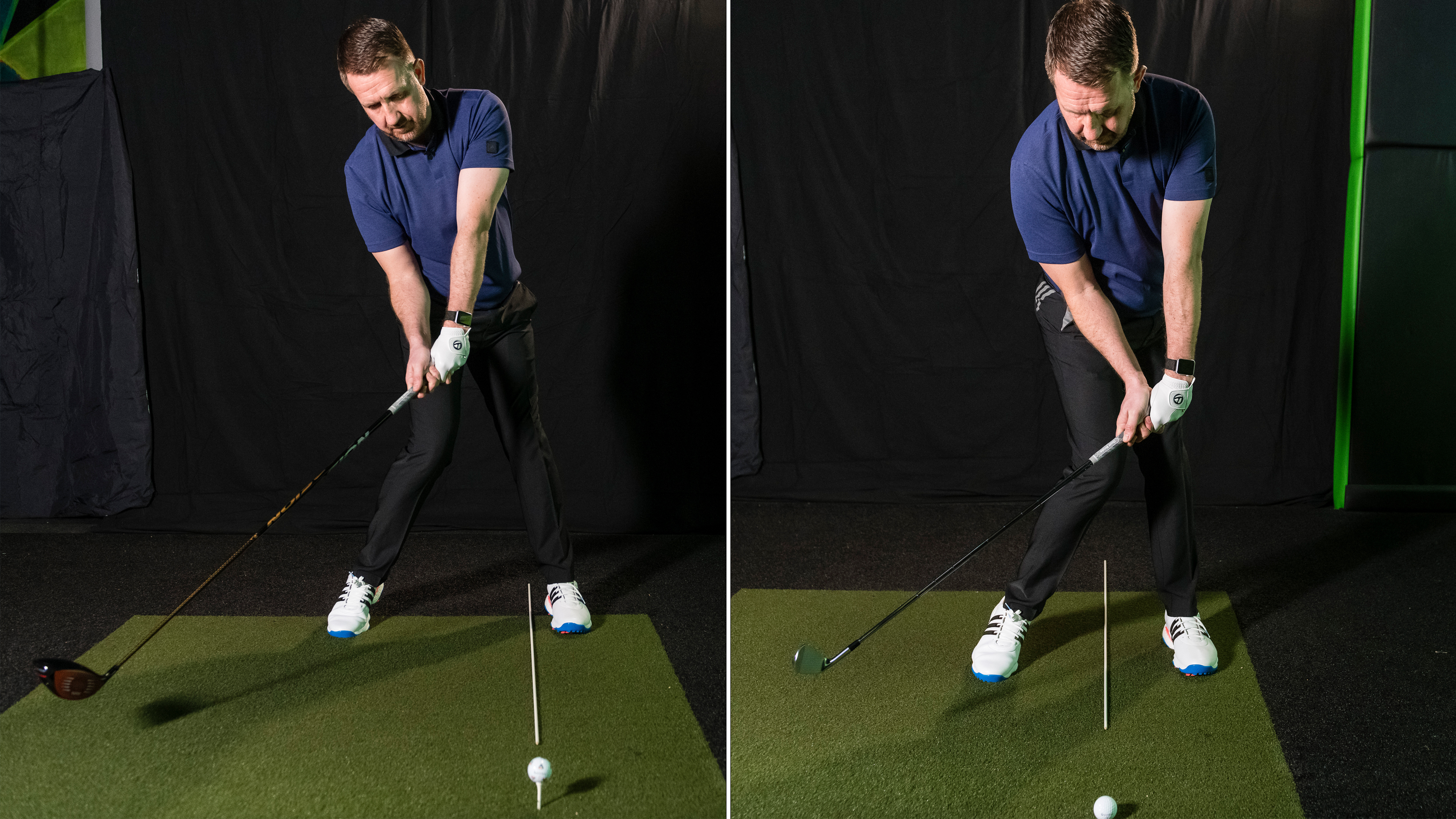
A look at how the swing differs approaching impact when hitting a driver and an iron
The driver is very different. The most obvious thing is that the ball is on a tee. So if you stick with the same philosophy of hitting down, you’ll either sky it or hit it straight into the ground. Instead, move the ball forward in your stance and tilt your spine more dramatically away from the target - that will encourage a strike from the inside and an upward attack angle for more distance.
Driver backswing: Complete guide
The biggest difference between the driver and any other club is that it has the longest shaft. That means you're further away from the ball at set-up, resulting in a golf swing takeaway tends to be more of a sweeping motion. Problems can arise here if you have a one-piece takeaway and sweep the club around your body too much, as the club can end up well inside the ideal plane line.

Feel like the club stays low to the ground in the takeaway
Instead, feel like you take the club straight back, keeping it low to the ground. Then, as the clubhead works past the right foot, let the weight shift onto your right side, feeling the pressure on the inside of your right knee or foot at the top of the backswing. If that means your head moves off the centre line a little, ala Dustin Johnson, don’t worry. From there, you’re ready to work the lower body in the transition for maximum power.
Gear insight: Eradicate your slice
If you get the club too far on the inside in the takeaway, the chances are you'll come across the ball at impact. The new TaylorMade Stealth HD driver has been designed to help golfers who struggle with this. Thanks to the new carbon fibre face, not only will TaylorMade's draw-bias driver straighten up your ball flight, but the weight saving means it's also got the highest MOI of the Stealth family, resulting in supreme forgiveness.
Rotate your hips for power
It’s vitally important to rotate your hips as part of a proper sequence. From the top, you almost want to feel like your hands are staying still, with your lead hip moving forward and clearing to trigger the start of the downswing. That will encourage the shoulders to turn, followed by the hands and arms, which bring the club through the hitting zone and into a powerful impact position.

This alignment stick drill will help you rotate your lower half more efficiently
It’s easier said than done, so here’s a drill to help. Place an alignment stick through your front-facing belt loops, leaving most of it protruding out on your lead side. Swing to the top and you should notice the stick will be pointing roughly towards your ball. From there, try to open up your hips so the stick starts to move towards your target, leaving your hands in place for as long as possible. By the time you reach impact, the hips will have completely cleared. Do this drill in slow motion when practising to get the hang of it.
What is lag?
It's something the game's longest hitters all have in common, but what is lag in the golf swing and how can you create it? Basically, lag is the angle between the lead forearm and the club. You want to create and maintain this angle for as long as possible before releasing it at impact. So, when you make your driver backswing, in an ideal world you want to see roughly a 90-degree angle between your forearm and the club.

Being able to create and maintain lag will help you hit the ball further
Ultimately, lag is created as a by-product of good body movements. If you don't think you've got enough lag, it's likely that you're a caster. If this is you, swing to the top and imagine the shaft is a bathroom light switch. As you start the downswing, feel like you’re pulling the string straight down and turning the light off. It’s vital to remember that it needs to be straight down. Don’t move it away from the body or pull it down before the hips. Practising this feeling will help you retain lag and put you in a great position.
How to increase your swing speed
If you want to increase your swing speed, developing an understanding of how speed is generated and the common faults among golfers is essential. One of the main problems is a lack of wrist hinge. All too often this occurs because people are so worried about hitting it offline that they try to guide it, which leads to an action that looks very wooden and inefficient.
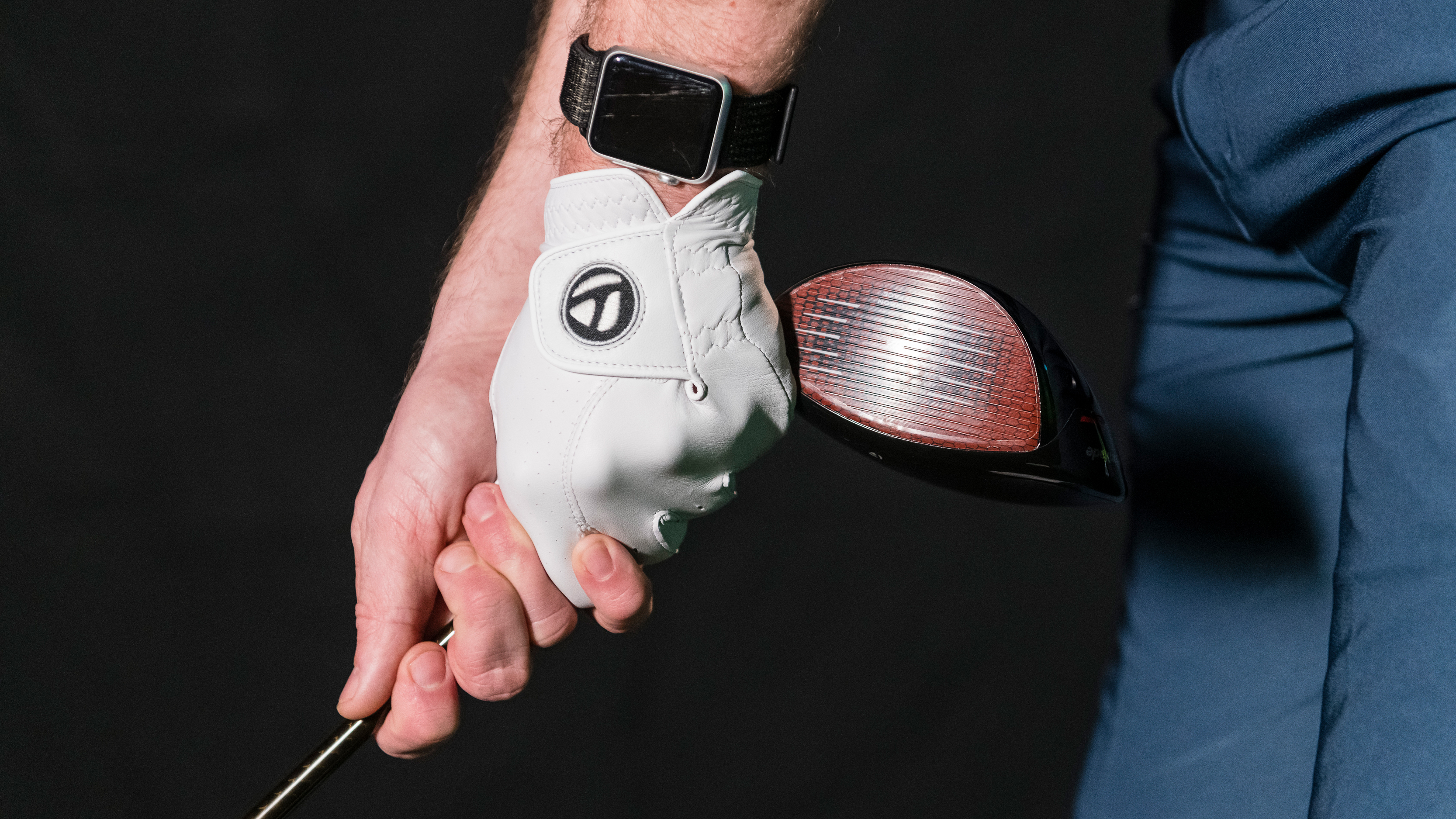
Hold the club the other way around to work on increasing your swing speed
A really good way to improve this is to switch the club round and make some swings with your wrists hinged and unhinged. You’ll quickly notice a difference in the noise you're able to create as the butt end of the club whips through the hitting zone.
Even when trying to swing flat out, there is a real lack of speed when your wrists don’t hinge. Do this a few times without a ball then hold the club conventionally again and recreate the feeling. Over time, you'll notice that your swing speed increases, which will translate into more power.
Gear insight: Max out your distance
Couple your swing speed gains with a driver that's going to deliver you maximum distance - the new TaylorMade Stealth Plus driver, for example. The lightweight carbon fibre face allows for more efficient energy transfer at impact for faster ball speeds, while the low spin means it will fly in a nice window for optimal carry and run on landing. The weight saving also means TaylorMade have been able to add a sliding weight on the sole to help promote a certain shot shape.
Shallow out your driver swing
There are multiple benefits of shallowing out your driver swing. One is that you’ll be encouraged to rotate your hips as part of a proper downswing sequence that will help you create speed and get into an efficient impact position. Another is that a shallower swing tends to be one that attacks the ball from the inside, which affords golfers more time to square the face up. If this is something you struggle with, here’s a great drill.
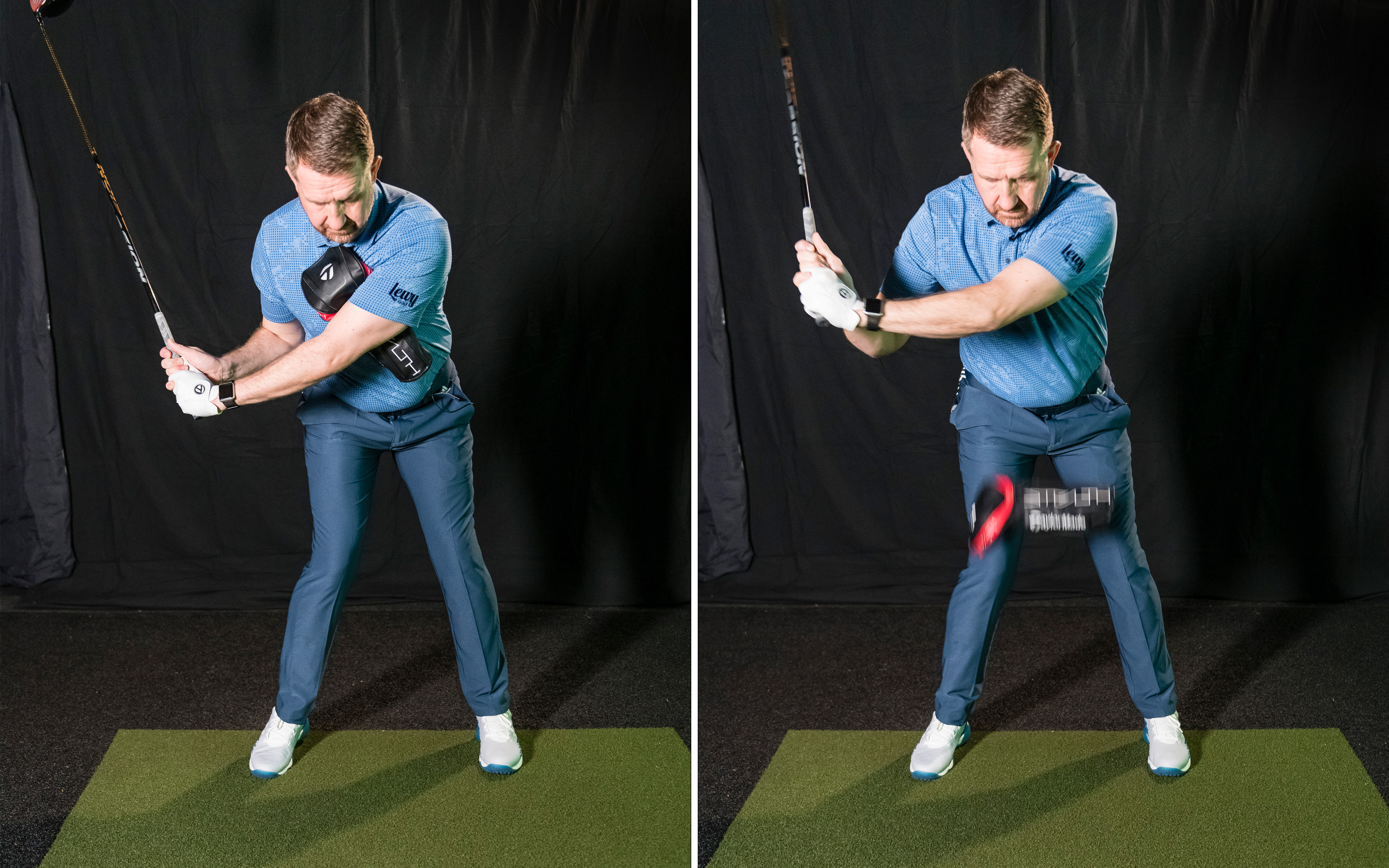
Here's a great drill to help you shallow out your swing
Take a headcover or a glove and stick it under your left arm (opposite for lefties). From the top, you want to feel like you squeeze it into your chest as you transition into the downswing. As your hips clear, this feeling will get the shaft and clubhead moving more behind your body, allowing you to shallow the path of the club. The great thing about this drill is that you’ll know if you’re not doing it correctly as the headcover or glove will fall out of place.
Optimal driver launch angle
One of the things tour players do is optimise their launch conditions when hitting the driver. It's why players like Rory McIlroy are able to breach the 300-yard mark with ease. But what is the optimal launch angle? Well, it depends on your swing speed. For example, if it’s around 80mph, you’ll probably benefit from a launch angle of 17 to 18 degrees and spin of over 3,000rpm as the extra spin is going to keep the ball in the air for longer and increase your carry distance.
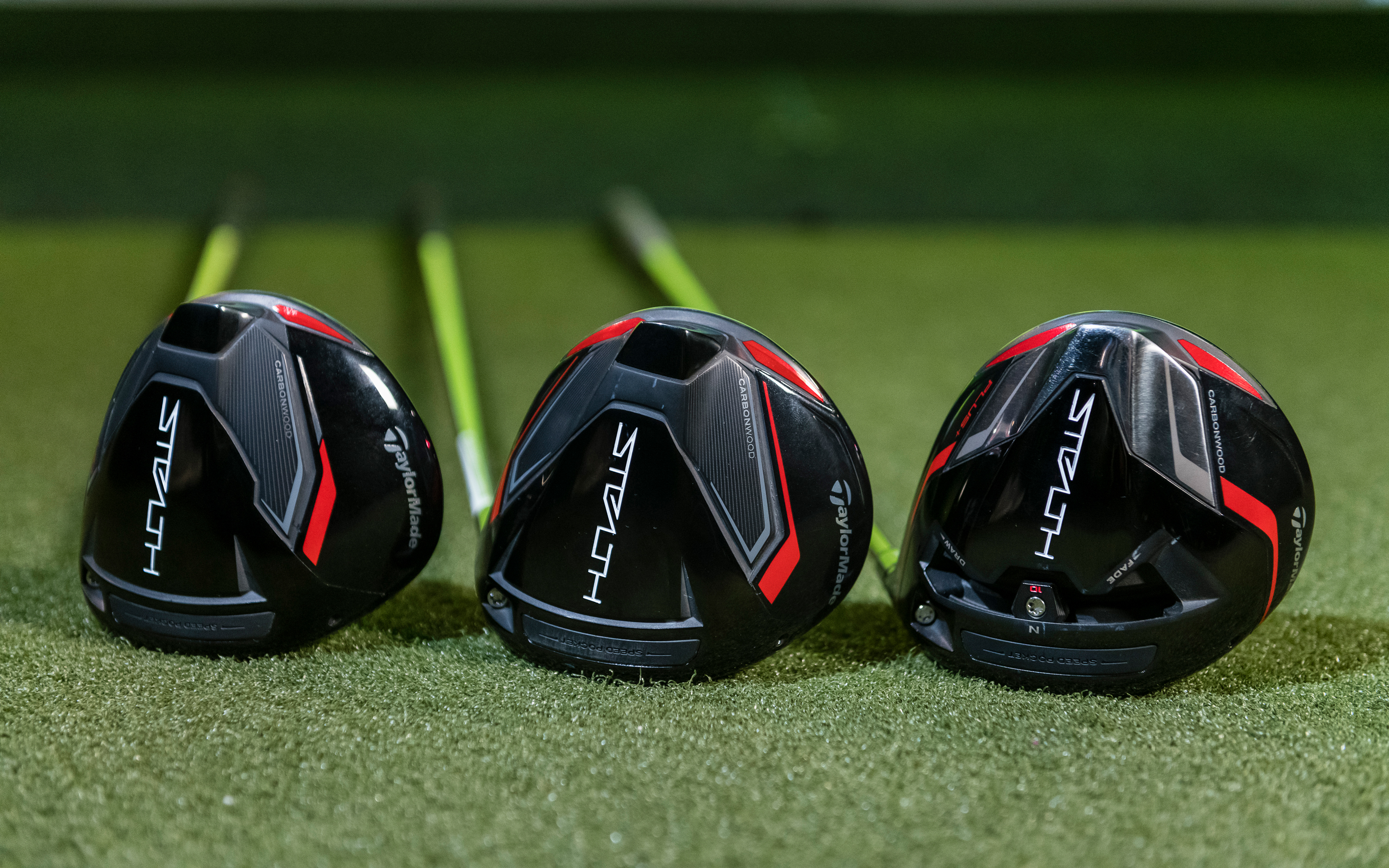
A custom fitting is the best way to get the most out of your driver
If you’re swinging at 90mph, you can bring the launch down, perhaps into the region of 14 to 16 degrees with spin of between 2,500 and 3,000rpm. And for those lucky enough to swing the club at 100mph or more, the launch can come down again. This time, 12 to 15 degrees will usually suffice, with spin of 2,000 to 2,500rpm.
But you have to consider your angle of attack as well. It’s great creating speed, but if you’re not hitting up on the ball, you’re not going to get the carry distance. You need to put all these pieces together to create the ideal launch.
Gear insight: Get dialled with a custom fitting
Those truly wanting to dial in their numbers should go for a custom fitting. Not only will it help you find the right shaft, but it will also get you hooked up with the right driver model. For example, there are three heads available in the new TaylorMade Stealth range. We imagine most will be suited to the standard Taylormade Stealth driver, due to its all-round performance. The spin delivered is really consistent while, in testing, we gained ball speed compared to the SIM Max and SIM2 Max.
Power tips
For a lucky few, power comes naturally. But for those who need to work on it, here are some great drills. The first one involves getting your back to the target at the top of your swing. I want you to work on maximising your shoulder turn to get the club to parallel or as close as you can. Don’t worry if your head turns away from the target or if you need to lift your lead heel off the ground.

This split grip drill will improve your technique help you create more power
Next is a split-grip drill. At address, move your lower hand further down until it’s just below the grip. When you swing to the top, the feeling I want you to hone is to pull with your lead hand and push with your trail hand. As you work this move towards impact, you’ll be forced to clear your hips and put pressure on the ball - think of a hockey slap shot.
Subscribe to the Golf Monthly newsletter to stay up to date with all the latest tour news, equipment news, reviews, head-to-heads and buyer’s guides from our team of experienced experts.

Gareth is a well respected professional with over 20 years experience. Gareth has previously worked at various high profile and world-renowned facilities, the most recent being Royal St.David's Golf Club in Harlech, North Wales, where he held the position of Club Manager and Head Professional.
He has a passion for coaching, custom fitting and retail and also enjoys regularly competing and playing socially. Gareth has had success coaching players of all abilities from a Welsh Professional Champion and Welsh Amateur Internationals to the absolute beginner. Gareth's passion for all sports and enthusiasm to continue learning makes his coaching style very adaptable and relatable, which is why he also has a good track record of coaching elite athletes from other sports. More details can be found at www.lewygolf.co.uk
-
 Casey Jarvis Facts: 10 Things To Know About The DP World Tour Pro
Casey Jarvis Facts: 10 Things To Know About The DP World Tour ProCasey Jarvis’s professional career is going from strength to strength. Here are 10 things to know about the DP World Tour pro
-
 Which Tees Are Players Using At The PNC Championship?
Which Tees Are Players Using At The PNC Championship?Four tees are in use at the PNC Championship, but which is each player using at the family-oriented event?